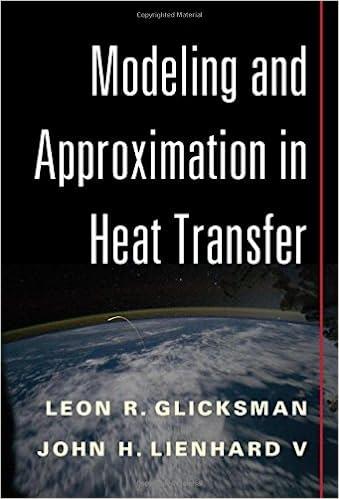Answered step by step
Verified Expert Solution
Question
1 Approved Answer
Chapter 1 Terms Chemical Property: a property of a substance relating to it chemical reactivity Accuracy: the degree of agreement between the true value and
Chapter 1 Terms
- Chemical Property: a property of a substance relating to it chemical reactivity
- Accuracy: the degree of agreement between the true value and the measured value
- Chemical Reaction: a chemical change that occurs when two or more substances combine to form a new substance
- Chemistry: the study of matter, its chemical and physical properties, the chemical and physical changes it undergoes, and the energy changes that accompany those processes
- Compound: a substance resulting from the combination of two or more elements in definite, reproducible way
- Concentration: a measure of the number or mass of particles of a substance that are contained in a specified volume
- Data: individual result of a single measurement or observation
- Density: It is the mass of a given substance per unit volume.
- Element: a pure substance consisting only of atoms that all have the same numbers of protons in their nuclei. An element cannot be further separated into simpler substances.
- Energy: the quantitative property that must be transferred to a body or physical system to perform work on the body, or to heat it.
- Error: the difference between measured (or observed) result and the true (most probable) result
- Extensive Property: a property that depends on the amount of matter in a sample
- Gaseous State: State of matter which has no defined volume or shape. It has relatively low density and viscosity; relatively great expansion and contraction with changes in pressure and temperature; the ability to diffuse readily and uniformly
- Heterogeneous Mixture: mixture in which the composition is not uniform throughout the mixture.
- Homogeneous Mixture: a mixture in which the composition is uniform throughout the mixture
- Hypothesis: an assumption, an idea that is proposed for the sake of argument so that it can be tested to see if it might be true. It is an explanation yet to be proven.
- Intensive Property: a physical quantity whose value does not depend on the amount of the substance for which it is measured
- Kinetic Energy: an object is the energy that it possesses due to its motion
- Law: a variation of the first law of thermodynamics and conservation of energy
- Liquid State: the state in which a substance exhibits a characteristic readiness to flow with little or no tendency to disperse and relatively high incompressibility
- Mass: a quantity of matter
- Matter: any substance that has mass and takes up space by having volume
- Mixture: a material made up of two or more different chemical substances which are not chemically combined
- Physical Change: recognizable difference in the appearance of a substance without causing any change in its composition or identity
- Physical Property: a characteristic of matter that is not associated with a change in its chemical composition
- Potential Energy: the energy due to position, composition, or arrangement
- Precision: a measure of how close a series of measurements are to one another
- Properties: a characteristic of a substance that can be observed in a chemical reaction
- Pure Substance: elements or compounds, and mixtures may be either homogeneous (uniform composition) or heterogeneous (nonuniform composition)
- Result: the end of a scientific experiment
- Scientific Method: the process of developing hypotheses to explain observations and the design of experiments to test those hypotheses.
- Scientific Notation: the representation of a number that is greater than 1 and less than 10 which is multiplied by 10 raised to the power of a whole number.
- Significant figures: all digits in a number representing data or results that are known with certainty plus one uncertain digit.
- Solid State: particles that are close together and often have a regular and predictable pattern of particle arrangement (crystalline), a solid has both fixed volume and fixed shape
- Specific Gravity: the ratio of the density of any substance to the density of some other substance taken as standard
- Temperature: the degree of hotness of an object
- Theory: a hypothesis supported by extensive testing (experimentation) that explains scientific observations and data and can accurately predict new observations and data.
- Uncertainty: the range of possible values within which the true value of the measurement lies
- Unit: the quantity of a constant magnitude which is used to measure the magnitudes of other quantities of the same nature
- Weight: the measure of the force of gravity acting on a body
Step by Step Solution
There are 3 Steps involved in it
Step: 1

Get Instant Access to Expert-Tailored Solutions
See step-by-step solutions with expert insights and AI powered tools for academic success
Step: 2

Step: 3

Ace Your Homework with AI
Get the answers you need in no time with our AI-driven, step-by-step assistance
Get Started


